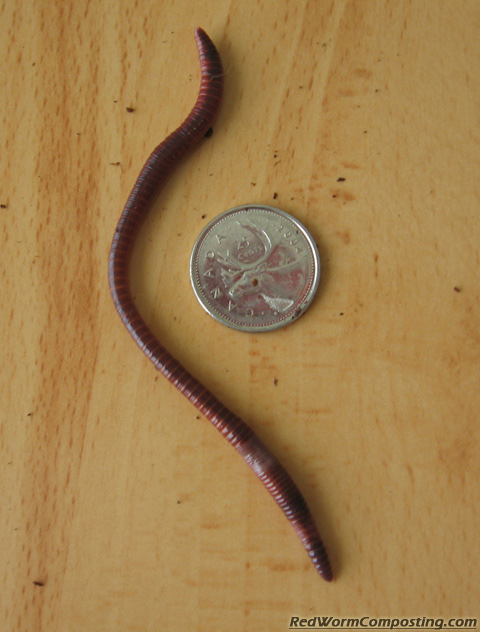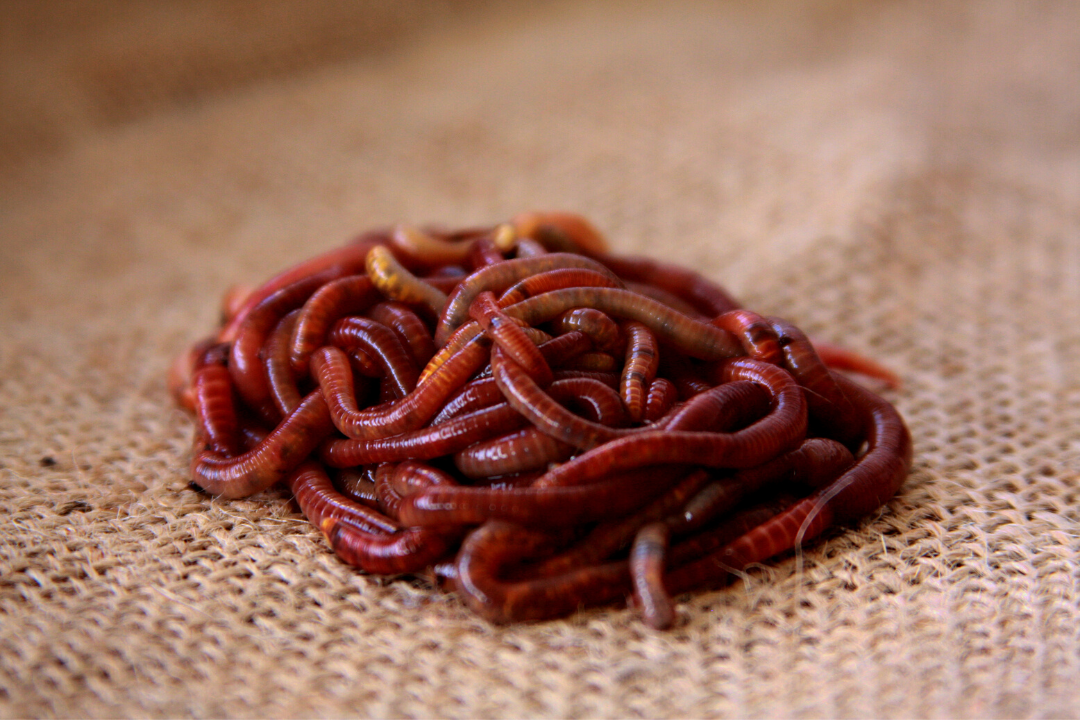Comprehensive Lawn Care Services from Red Wiggler Express
Comprehensive Lawn Care Services from Red Wiggler Express
Blog Article
Red Wigglers: The Unsung Heroes of Organic Waste Recycling
Red wigglers, or Eisenia fetida, work as crucial agents in the natural waste reusing process, transforming thrown out products into beneficial vermicompost. Their reliable breakdown of natural matter not only improves dirt high quality but also adds to sustainable waste administration practices. As the globe increasingly looks for options to combat waste accumulation and boost farming performance, recognizing the function of these worms comes to be important. What systems enable them to grow in garden compost atmospheres, and just how can they be effectively made use of in both household and commercial settings? Checking out these concerns exposes the wider implications of vermicomposting in our environmental landscape.
What Are Red Wigglers?
The exceptional resilience of red wigglers, scientifically called Eisenia fetida, underscores their crucial function in natural waste recycling. These tiny, reddish-brown earthworms are usually discovered in disintegrating organic issue, such as compost piles and manure loads. Lake Hickory Bait. Unlike other earthworm species, red wigglers flourish in nutrient-rich settings and are highly reliable at breaking down organic products, making them important for vermicomposting

(Red Wiggler Express)Along with their role in waste reduction, red wigglers add to dirt wellness by improving dirt framework and aeration via their tunneling activities (Lake Hickory Bait). Their presence in composting systems not just enhances decomposition prices but likewise promotes a lasting strategy to throw away management, illustrating their relevance in environmental conservation initiatives
Benefits of Composting With Worms
Composting with worms, particularly red wigglers, uses numerous benefits that enhance both waste administration and dirt health and wellness. Initially, these worms effectively damage down organic waste, converting it right into nutrient-rich vermicompost that enriches dirt. This procedure accelerates disintegration, enabling a quicker recycling of kitchen area scraps and various other organic materials contrasted to traditional composting methods.
Additionally, the vermicompost created by red wigglers is including valuable microbes, which aid enhance dirt structure, oygenation, and moisture retention. This boosts the overall wellness of plants, promoting strenuous development and boosted returns in yards and farming settings. The use of worms in composting reduces the production of greenhouse gases, such as methane, contributing to an extra sustainable waste monitoring system.

How to Beginning Vermicomposting
Establishing a vermicomposting system is a simple procedure that can yield significant advantages for both waste management and dirt enrichment. To begin, pick a suitable container, such as a plastic container or wooden box, with adequate air flow holes to guarantee correct airflow. The dimensions ought to preferably be about 2 feet by 3 feet, permitting enough area for the worms to thrive.
Next, prepare bed linens material, which can contain shredded paper, cardboard, or coconut coir. This bedding needs to be dampened to create an ideal environment for the worms. As soon as the bed linens remains in area, present red wigglers (Eisenia fetida) right into the bin, usually around one pound of worms for every square foot of area.
Adhering to the placement of worms, add natural waste, such as vegetables and fruit scraps, coffee grounds, and crushed eggshells. Prevent adding milk, meat, or oils, as these can create smells and draw in insects. Position the bin in a shaded, temperature-controlled area to preserve optimum problems for worm activity. With these steps, you will efficiently launch a vermicomposting system that contributes to lasting waste management and enhances your dirt.
Preserving a Healthy Worm Container
(Red Wiggler Express)Maintaining a worm bin growing requires routine focus and like make sure the health and wellness of the red wigglers and the performance of the composting procedure. Correct maintenance begins with checking the moisture levels; the bin should perspire but not soaked. A great guideline is to preserve an uniformity comparable to a wrung-out sponge.
Carefully mixing the bedding and food scraps every few weeks stops compaction and ensures that all worms have access to oxygen. Additionally, it is crucial to feed the worms appropriately.
Temperature level guideline is one more crucial aspect. Red wigglers flourish in a range of 55 to 77 levels Fahrenheit. If the container becomes also warm or cold, the worms might become stressed out - Lake Hickory Bait. Occasionally check for signs of wellness, such as worm population development and the visibility of healthy and balanced castings. By vigilantly handling these elements, one can keep a robust and effective worm container.
Effect On Lasting Living
The successful maintenance of a worm container not just benefits the wellness of red wigglers but additionally adds dramatically to lasting living methods. By recycling organic waste, such as kitchen scraps and yard particles, red wigglers aid draw away considerable amounts of product from landfills. This decrease in waste not just lowers greenhouse gas emissions however additionally decreases the environmental worry related to waste administration.
Moreover, the castings created by red wigglers offer as a nutrient-rich image source organic fertilizer, improving soil health and wellness and advertising plant development. This all-natural alternative to chemical plant foods sustains lasting agriculture and horticulture techniques, minimizing dependence on synthetic inputs that can harm communities. Furthermore, worm composting fosters awareness of waste monitoring, encouraging people and communities to take on more sustainable routines.

Conclusion
In recap, red wigglers offer as vital factors to organic waste recycling with their reliable disintegration of natural materials. By incorporating vermicomposting into waste monitoring strategies, people and areas can considerably decrease waste while advertising ecological sustainability.
Report this page